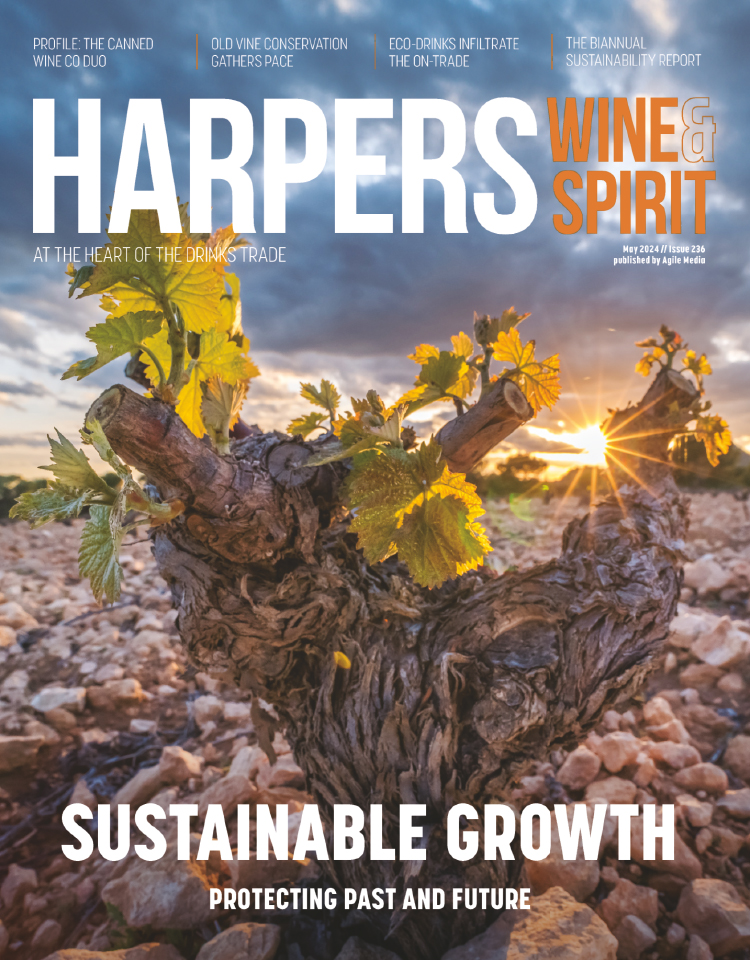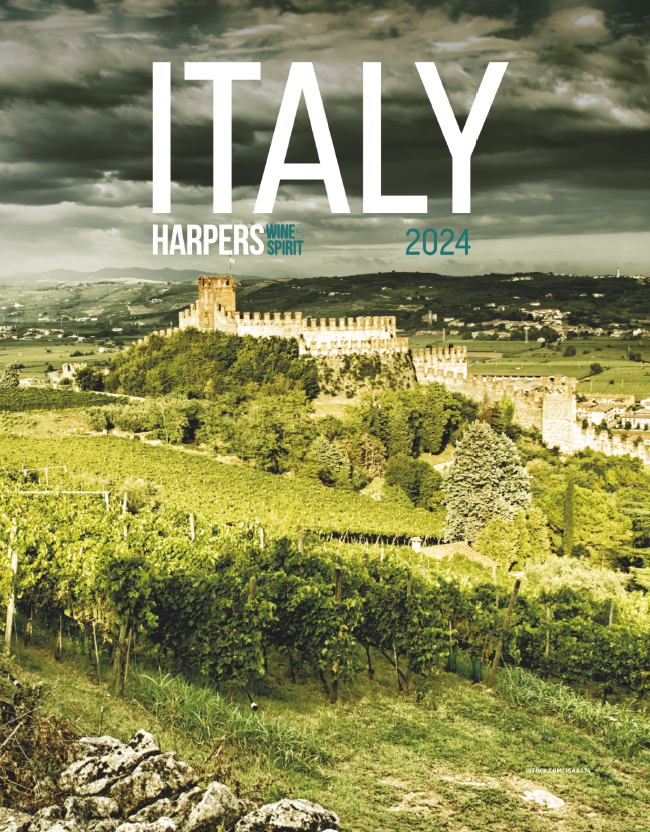
Looking ahead: Doug Wregg, Les Caves de Pyrène
With the first half of 2022 already history, Harpers asked key trade figures to highlight the current challenges, ongoing trends and opportunities.
We kick off our series with insights from Doug Wregg of Les Caves de Pyrène.
How ‘back to normal’ are you as a business?
In terms of sales, yes, back to normal, in terms of logistics, we are still trying to adjust to the new “abnormal.”
How, if at all, have drinking habits changed post-lockdown?
I suppose they changed during the first lockdown. Customers were definitely trading up. When the first lockdown finished, we maintained a higher average spend and noticed that the sales mix has changed considerably. Trade customers and consumers, in general, had evidently gravitated towards more artisan wines (organic, biodynamic, skin-contact, low intervention etc).
How has the first half of 2022 been when compared to the same period in pre-pandemic 2019?
Every month bar one – so far – has been a record month in terms of sales. 2019 was our best year, but 2022 has comfortably exceeded it.
What were the highs and lows for your own business in the first six months of 2022?
Lows: Huge pressure on prices from increased shipping tariffs, and rising costs of raw materials (glass, cardboard, cork, pallets, fuel...) plus increased storage and delivery costs. Much longer lead times in shipping mean that stock control has become that much trickier, not to mention increased costs (forms) as a result of Brexit.
Ukraine – This has affected us all. We set out to raise money to resettle refugees in homes throughout Europe by means of real and silent wine auctions and a Just Giving page. One of the highs of this year was the generosity of so many producers and restaurants which enabled us to reach our target.
Highs: The Real Wine Fair 2022. It was invigorating to collaborate with other wine merchants and have our first major tasting in what seemed like forever. Of all the fairs we have organised, this was the best, the happiest and the most positively received from both producers and consumers. It made us feel good about the wine trade.
What, currently, are the biggest challenges for the trade in general?
The effects of global warming/climate crisis. So many tales of woe, producers throwing in the towel, because of a succession of poor vintages and endless bureaucracy that saps their will.
As mentioned above, shipping has become so much more complicated. The lack of shipping containers, the ridiculously long lead times, the extra paperwork and the extra expenses piling up along the whole chain, have meant that we have had to dedicate more personnel to try to smooth the logistical bumps.
And, we are going to have to manage expectations in terms of price increases and explain the new reality to our customers.
What are your priorities and predictions business-wise for the second half of 2022?
As far I can tell, the first half of 2022 has been a boom time for restaurants and retailers. There is always a boost of energy when one comes out of a slow period. I think the rate of growth will slow over the course of the year – we won’t have the staycation business of 2021. There is probably no point predicting things, as no one predicted Covid two years ago.
Priorities are always the same – run a tight ship. Improve communication with customers and go the extra mile. This helped us through the worst of times and there is no point deviating from good practice when business is strong.
This is not to do with us, but I have noticed gross profit margins rising in many restaurants and larger groups playing hardball on pricing. Some wine merchants would do well to walk away from business that is purely based on deep discounting and delayed payment plans.
What will the focus be on with regard to your portfolio and why?
We only buy wines when we need to and to fill gaps. After years of trimming our portfolio, we are now in a position to add growers. And there is always the need to refresh – we’ve added around 100 wines during the last year. Our main focus is on developing our range of own-label organic and natural wines. Because of their price point, they have proved hugely popular. But we always need to plan 12 months ahead.
The thirst for real/natural wine is huge. We were in the vanguard of shipping these wines, but the demand is now many times that of even a few years ago
And English/UK – we can’t get enough – the sales this year have been off the chart
For you, what are the most significant emerging trends in the wine & spirits worlds?
There is not one thing I would put my finger on. In our wine world, skin-contact or orange wines have become a thing. Restaurants and retailers will usually have a selection.
Wine buyers are prepared to change their lists more frequently. This is one of the accidental benefits of wine shortages.
In terms of style – lighter, fresher, crushable wines. Sparkling wines – esp pet nats and ancestral method wines. Small grower champagne.
Punchier wine lists – shorter, sweeter and constantly changing.
The tendency for wine service to be more relaxed and engaging.
More of a hope, but would love to see good artisan cider be treated with the same respect as wine.
What innovations in the drinks world do you believe will have the most impact going forward?
I would have said key kegs and I still think that wine on tap is going to be a big thing in the near future, but it has stalled for various reasons.
On a similar subject, I wonder about shipping in larger formats such as tanks and bottling in this country. I am sure that importers will be looking at ways of reducing costs.
Not an innovation but an idea and one on the lips of many in the wine world: regenerative farming. Like biodynamics but without some of the more esoteric elements. It is about the health of the soil, promoting biodiversity, but also bringing the vineyard into the community. Natural wine is, of course, very popular now, but it is way more than how much sulphur you put into wine, it is about where the wine comes from and how the vineyard is managed.
Lastly, if you could make one change in legislation/red tape/tax tomorrow, what would you choose?
No-one will ever make the fabled bonfire of red tape but wouldn’t that be nice? The wine label specifications are downright annoying and many of our producers don’t understand why there are so many pettifogging rules.
I would like to see cuts in duty and vat – wine has been hammered over the last decades.
Quick-fire questions:
Bordeaux or Burgundy?
Burgundy
Real answer: Bordeaux for my life, Burgundy if I am in the mood to play Russian roulette
Riesling or Chardonnay?
Chardonnay
Real answer: Chardonnay in neutral barrels from limestone-rich vineyards in northern Burgundy, or Riesling with malo and minimal varietal character!
USA, OZ or South Africa?
Tricky – I am equally attached to the US and South Africa. US shades it because I love Oregon
Cocktails or slow sipping spirit?
Gin and tonic (is that a cocktail?)
English fizz or Champagne?
A good small grower’s Champagne
Favourite fast/junk food and drink pairing?
Fish and chips and champagne or Burger and natural Lambrusco







